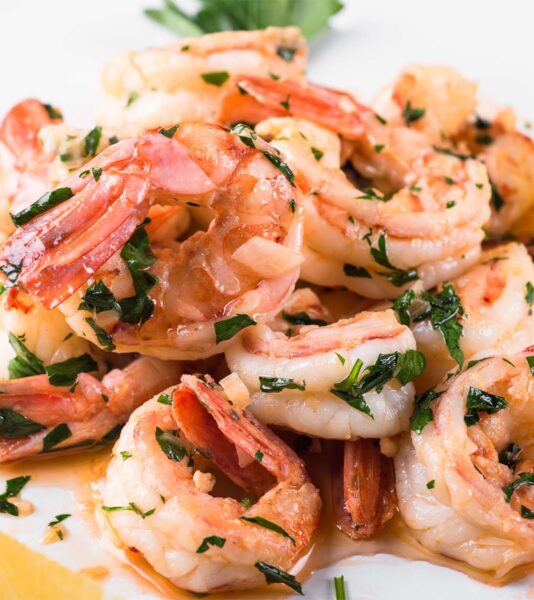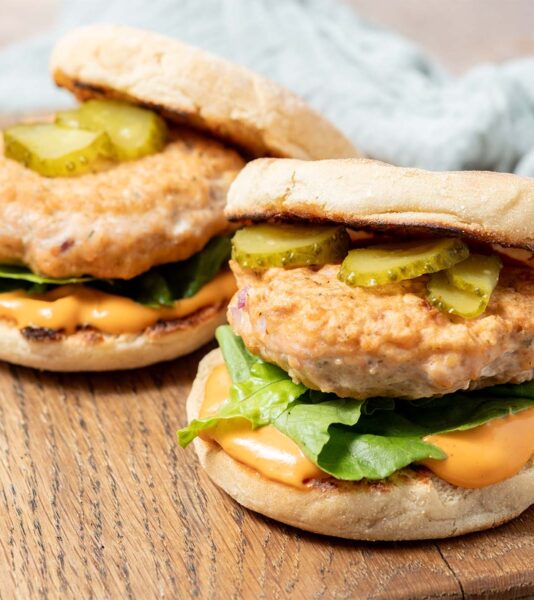No power? No water? Shutdowns? Emergencies can happen in a split second—or you may be fortunate enough to have some advance warning. In foodservice, emergencies challenge us to be sure that safe, nutritious food is available for clients and for anyone else we may be called upon to feed.
Foodservice directors should have a written Emergency Preparedness Plan, which includes disaster menus. This plan should be approved by the facility’s safety officer so it coincides with the entire building’s emergency plan. Having a plan that addresses potentially different types of events is also important, as the plan could vary depending on the type of emergency.
For example, if tornadoes, hurricanes, or earthquakes are common in your area of the country, being prepared for what might happen during relevant scenarios would be advisable. Meanwhile, emergencies such as the loss of power, gas, or water could occur in any facility anywhere. Being prepared for any type of disaster is the key to keeping your customers and staff safe.
Plan ahead for success
During a crisis, you may be called upon to make rapid decisions with minimal information. Having steps already in place will reduce the stress during the event and create a more successful outcome. Below are highlights of areas to consider.
First: have the right supplies on hand at all times. Some of these items may include paper supplies, shelf-stable food, and plenty of bottled water for drinking, cooking, and possibly cleaning and sanitizing the kitchen. For cleaning, work with the environmental service department in the building to see if you can use their stocked water supply. This will reduce the amount of water stores needed for the kitchen. Sometimes, if water is not available in the building, a truck load of water can be brought in for cleaning purposes. The main thing is to have a plan and all the contacts in place.
If an emergency strikes, complete a quick inventory of all food and supplies in the department. Determine if they are safe to use. This should include what fresh produce and dairy products are available. If the refrigerators’ and freezers’ electrical source is not covered by generators, it is important to have a plan to use up the fresh produce, thawed food, and dairy products. This will help to reduce loss of these items. Also have a sanitation standard telling you when to discard perishable items for safety.
An emergency menu
You will want to have menus that have been prepared in advance and work with staff to implement the appropriate menus. Be prepared to be flexible and utilize food in the current inventory. If there is a need for therapeutic diets, especially those with dysphagia requirements, they should be addressed in the disaster menus. The facility dietitians should be involved in the planning.
There may be times when there is a need for a refrigerated truck to be brought in to hold perishable foods. In the plan, know where to secure a truck. Have more than one option available in case the first one is unable to obtain the required unit.
If your distributor/vendors are able to supply the facility with fresh milk and bread, have a plan discussed and documented; include phone numbers of who to call during the event. Remember, if you are not the only one affected in the emergency, vendors may be responding to a disaster as well and may be supplying to more than one facility, which could affect your supplies.
Is your team up to speed?
Train staff and test your staff on the details of the Emergency Preparedness Plan. It is better to be ready than to panic when something happens. Complete drills in your department along with the facility drills. Periodically refresh staff training by asking simple questions: “During an emergency, where would you find the Emergency Preparedness Plan?” “What is the first thing we do when an emergency has occurred?” Ongoing readiness will reduce stress later.
If an emergency occurs, the manager must remain calm and model a sense of order for the staff. This will allow the manager to put a plan in action and have the staff respond effectively.
Shelf stable Chicken of the Sea products for your emergency menu
Thankfully, some supplies will still be safe even with loss of refrigeration. As you build your disaster menu, consider the role of shelf-stable Chicken of the Sea tuna and salmon products. For food preparation, a number of quick-prep tuna and salmon entrees do not require cooking to generate a satisfying meal. A tuna salad sandwich or salmon wrap are examples. Complete, ready-to-use Tuna Salad or Salmon Salad Kits are great products to have on hand, as they even contain shelf-stable mayonnaise.
What is your standard inventory of shelf-stable products? Having the right supplies and food available can help you get through a crisis. By being prepared and remaining calm, your staff will have the tools for a safer environment and meals to nourish your clients. A good plan and a can-do attitude will get you through!








